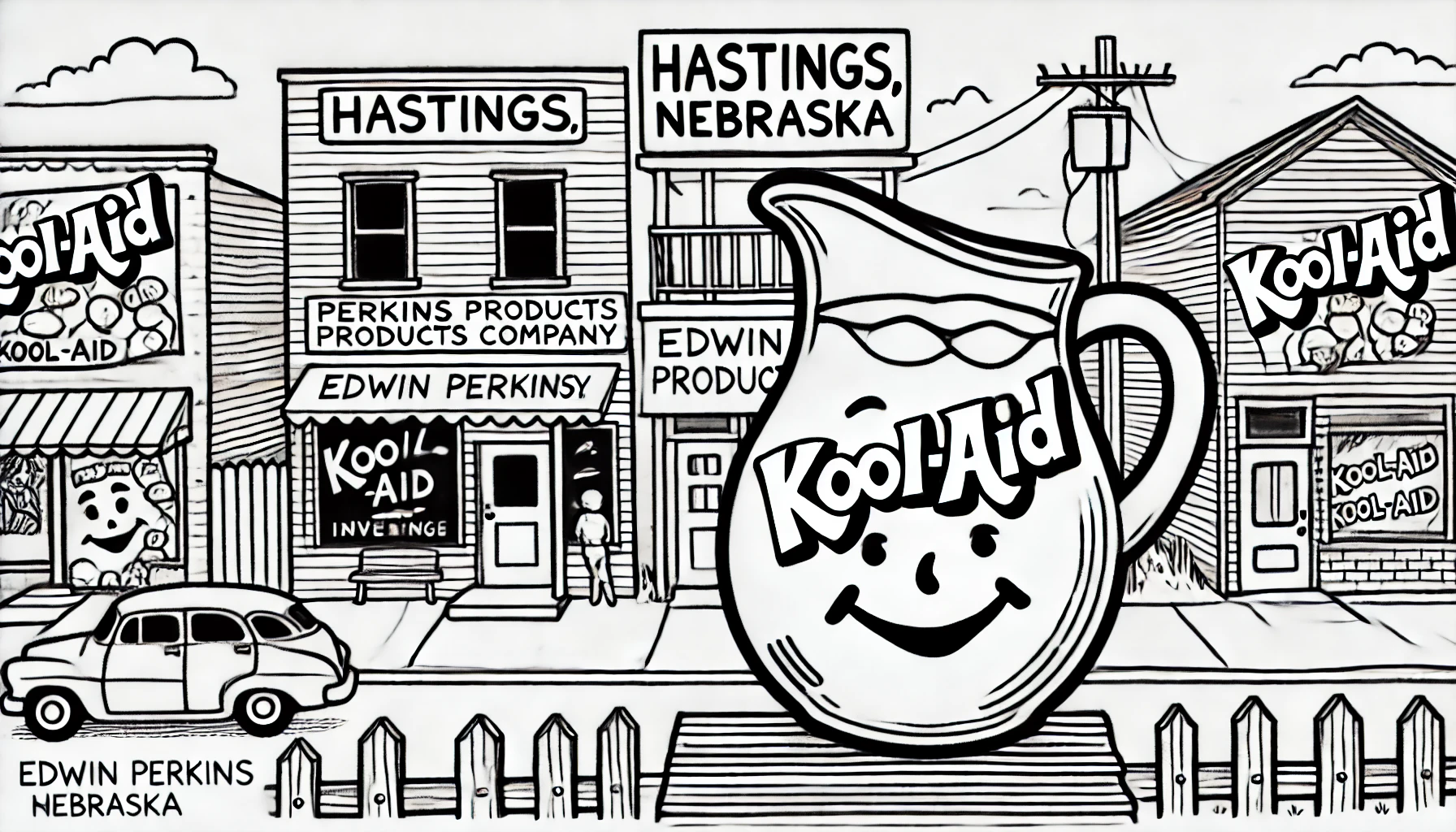Traveling Through Nebraska: Fort Kearny Establishment

Located in central Nebraska, near the present-day town of Kearney, the Fort Kearny establishment holds significant importance in the history of the American West. Fort Kearny was an outpost built by the United States Army in 1848, with the primary purpose of protecting travelers on the Oregon Trail, the Mormon Trail, and the California Trail. The establishment of the fort marked a crucial step in the westward expansion of the United States, providing a safe haven for thousands of pioneers and traders who traversed the unforgiving terrain of the Great Plains.
Established on June 14, 1848, by Lieutenant Daniel P. Woodbury, the fort was initially named Fort Childs, but it was later renamed Fort Kearny in honor of General Stephen Watts Kearny. The establishment was strategically located near the mouth of the Little Salt Creek, a tributary of the Platte River, which provided a reliable source of water for travelers. During its operational years, the fort served as a vital supply depot and stopping point for the U.S. Army, traders, and travelers. It also facilitated the exchange of goods and information between the United States and Native American tribes in the region.
One notable example of Fort Kearny's significance in the region's history is its role in the construction of the Pony Express, which was completed in 1860. The Pony Express was a mail service that connected the East Coast and the West Coast of the United States, with stations located approximately 10 miles apart. Fort Kearny was one of the key stations along the Pony Express route, serving as a relay point for mail carriers. The Pony Express played a vital role in facilitating communication between the East and the West Coast, prior to the construction of the transcontinental telegraph.
In addition to its role in the Pony Express, Fort Kearny was also instrumental in the protection of travelers and traders from Native American attacks. The fort's garrison maintained a fragile peace with the surrounding tribes, including the Pawnee, Otoe, and Omaha. However, the fort was not immune to conflicts, and several skirmishes took place between the garrison and Native American tribes. One notable example is the 1855 Battle of Ash Hollow, which occurred just west of the fort, in which a combined force of U.S. Army troops and Pawnee warriors clashed with a band of Brulé and Oglala Sioux.
The fort's significance in the region's history declined with the construction of the transcontinental railroad in the late 1860s. The railroad provided a safer and more efficient means of transportation for travelers and goods, rendering the fort's purpose largely obsolete. Fort Kearny was officially abandoned in 1871, and by the early 20th century, most of the fort's buildings and structures had been destroyed or demolished. Today, the site of the fort is operated by the Nebraska State Historical Society, and it features a reconstructed 1860s-era village, a museum, and several archaeological sites.
The archaeological sites at the Fort Kearny establishment provide valuable insights into the lives of the soldiers and civilians who lived there during the mid-19th century. Excavations have uncovered remains of buildings, including the former post headquarters and several enlisted men's barracks. These finds have shed light on the daily lives of the soldiers and civilians who lived in the fort and provide a glimpse into the region's rich cultural heritage.
The Fort Kearny establishment played a pivotal role in the history of Nebraska and the American West. As a key stopping point for travelers and traders, the fort facilitated the westward expansion of the United States, while also maintaining a fragile peace with Native American tribes in the region. Today, the site of the fort remains a testament to the region's rich cultural heritage and provides a valuable resource for historians and researchers.
The establishment of Fort Kearny marked the beginning of a new era in the region's history, one characterized by increased settlement and the expansion of the United States. The fort's legacy can be seen in the numerous historic sites and landmarks that dot the Nebraska landscape, each providing a unique glimpse into the region's rich and complex history.
Established on June 14, 1848, by Lieutenant Daniel P. Woodbury, the fort was initially named Fort Childs, but it was later renamed Fort Kearny in honor of General Stephen Watts Kearny. The establishment was strategically located near the mouth of the Little Salt Creek, a tributary of the Platte River, which provided a reliable source of water for travelers. During its operational years, the fort served as a vital supply depot and stopping point for the U.S. Army, traders, and travelers. It also facilitated the exchange of goods and information between the United States and Native American tribes in the region.
One notable example of Fort Kearny's significance in the region's history is its role in the construction of the Pony Express, which was completed in 1860. The Pony Express was a mail service that connected the East Coast and the West Coast of the United States, with stations located approximately 10 miles apart. Fort Kearny was one of the key stations along the Pony Express route, serving as a relay point for mail carriers. The Pony Express played a vital role in facilitating communication between the East and the West Coast, prior to the construction of the transcontinental telegraph.
In addition to its role in the Pony Express, Fort Kearny was also instrumental in the protection of travelers and traders from Native American attacks. The fort's garrison maintained a fragile peace with the surrounding tribes, including the Pawnee, Otoe, and Omaha. However, the fort was not immune to conflicts, and several skirmishes took place between the garrison and Native American tribes. One notable example is the 1855 Battle of Ash Hollow, which occurred just west of the fort, in which a combined force of U.S. Army troops and Pawnee warriors clashed with a band of Brulé and Oglala Sioux.
The fort's significance in the region's history declined with the construction of the transcontinental railroad in the late 1860s. The railroad provided a safer and more efficient means of transportation for travelers and goods, rendering the fort's purpose largely obsolete. Fort Kearny was officially abandoned in 1871, and by the early 20th century, most of the fort's buildings and structures had been destroyed or demolished. Today, the site of the fort is operated by the Nebraska State Historical Society, and it features a reconstructed 1860s-era village, a museum, and several archaeological sites.
The archaeological sites at the Fort Kearny establishment provide valuable insights into the lives of the soldiers and civilians who lived there during the mid-19th century. Excavations have uncovered remains of buildings, including the former post headquarters and several enlisted men's barracks. These finds have shed light on the daily lives of the soldiers and civilians who lived in the fort and provide a glimpse into the region's rich cultural heritage.
The Fort Kearny establishment played a pivotal role in the history of Nebraska and the American West. As a key stopping point for travelers and traders, the fort facilitated the westward expansion of the United States, while also maintaining a fragile peace with Native American tribes in the region. Today, the site of the fort remains a testament to the region's rich cultural heritage and provides a valuable resource for historians and researchers.
The establishment of Fort Kearny marked the beginning of a new era in the region's history, one characterized by increased settlement and the expansion of the United States. The fort's legacy can be seen in the numerous historic sites and landmarks that dot the Nebraska landscape, each providing a unique glimpse into the region's rich and complex history.
